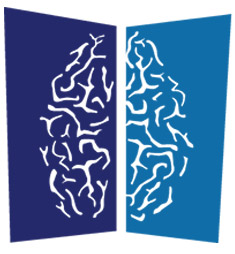Five years ago, Dr. Arno Fried was among the neurosurgical experts explaining the fatal brain injury on TV following a ski accident suffered by actress Natasha Richardson. Last night, for the first time in five years, her husband, Liam Neeson, spoke about his wife’s death on the news program 60 Minutes.
Liam Neeson’s Wife’s Head Injury
Of medical interest in the story was the comment by the interviewer Anderson Cooper, who mentioned that following Richardson’s seemingly minor head injury, she experienced what is termed a lucid interval.
A lucid interval refers to the period of time following a traumatic brain injury in which the patient appears fine, and is completely lucid. However, while this state can last minutes or even hours, blood is collecting in the skull and causing intracranial pressure.
An estimated 20 to 50% of epidural hematoma patients (Richardson’s subsequent diagnosis) experience a lucid interval. Lucid intervals may also be experienced by those suffering heatstroke or following an epileptic seizure.
Following her fall, Richardson suffered the epidural hematoma. A hematoma is a pool of blood caused in the brain. It comes in two basic types: epidural and subarachnoid. In a subarachnoid hematoma, the blood washes over the brain and into the cerebrospinal fluid (CSF). This causes severe headaches and other symptoms, which make it relatively simple to diagnose.
Natasha Richardson’s Accidental Cause of Death
An epidural hematoma, however, in which the blood is awash outside the dura (the covering of the brain), can present itself in a much more innocuous fashion, which explains the lucid interval experienced by Natasha Richardson, who initially refused medical care as she felt fine. (An hour later she began to experience a headache, and then sought medical care.)
With an untreated epidural hematoma, eventually the increasing amount of blood presses down on the brain through the dura, building pressure the skull cannot accommodate due to its lack of space. When diagnosed, epidural hematomas are typically treated by craniotomy. A hole is drilled into the skull to remove the excess fluid. Richardson however, lapsed into a coma and was pronounced brain dead.
Beyond the Richardson tragedy, for Liam Neeson and their two children, as well as all others who continue to mourn her loss, there is a medical lesson. First is the use of helmets (which Richardson was not wearing, likely because she was on a very gradual beginner slope). Secondly, the public should be aware that a fall or other cause of a blow to the head should be evaluated in the ER with a CT scan of the brain to ensure one’s safety.

ANA is a team of expert neurosurgeons and medical professionals, who combine their decades of knowledge to provide information, events, and articles on a range of neurological conditions.



